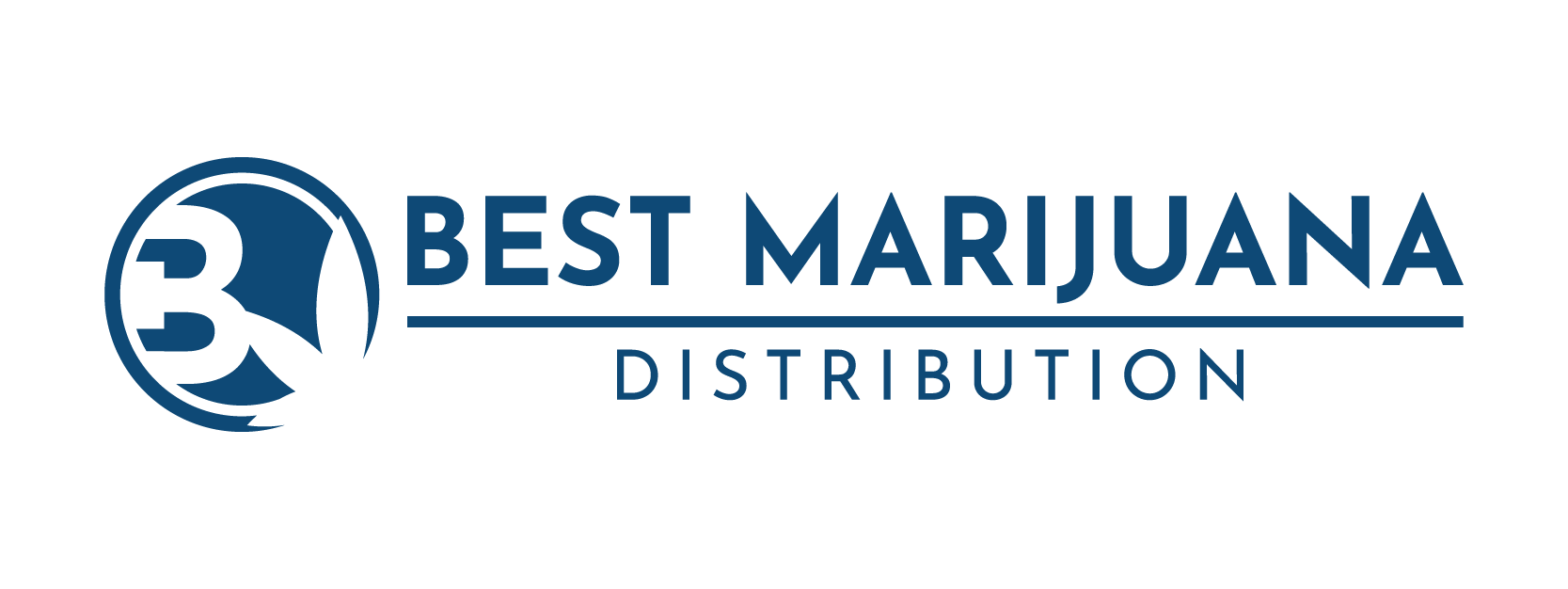Marijuana distribution laws in the United States present a complex and varied landscape. While federal prohibition remains, many states have established their own regulatory frameworks for cannabis distribution, leading to significant differences across state lines. Distributors must navigate a myriad of licensing requirements, testing standards, and compliance obligations that vary not only by state but often by local jurisdiction.
Federal vs. State Jurisdiction
Despite the federal classification of cannabis as a Schedule I controlled substance, 24 states, along with the District of Columbia and two U.S. territories, have legalized marijuana for adult recreational use, and 38 states permit medical use through comprehensive programs. This divergence has created a fragmented regulatory environment where cannabis distribution is legal under state law but remains illegal federally.
Licensing Requirements
Cannabis distributors are typically required to obtain state-issued licenses, which may include separate authorizations for cultivation, processing, transportation, and retail sales. The application processes, fees, and eligibility criteria vary significantly:
- Nevada: The Cannabis Compliance Board (CCB) oversees licensing for various cannabis establishments, including distributors. Applicants must secure state approval and may also need local permits, such as a special use permit from the city planning department.
- Missouri: Since legalizing recreational marijuana in 2022, Missouri has implemented a streamlined regulatory approach with limited license issuance and lower tax rates, contributing to a rapidly growing cannabis market.
- Texas: While recreational marijuana remains illegal, the state permits the sale of hemp-derived products with low concentrations of THC. However, regulatory oversight is minimal, leading to a proliferation of retailers operating in a legal gray area.
Application and licensing fees also differ widely. For example, small growers in Maine and Massachusetts may pay as little as $100 in application fees, whereas large medical cannabis growers in Illinois transitioning to serve adult-use consumers may face licensing fees up to $850,000.
Testing and Quality Control
A significant challenge in cannabis distribution is the lack of standardized testing protocols across states. Each state sets its own requirements for contaminant testing, potency verification, and remediation procedures. This inconsistency can lead to complications for multistate operators and raises concerns about product safety and consumer protection.
Employee and Operational Compliance
States often mandate that employees involved in cannabis distribution be at least 21 years old and pass background checks. Some states require employees to obtain specific agent cards or licenses to work in the industry. For instance, in Nevada, individuals must apply for and obtain a registered agent card, which includes undergoing a fingerprint background check.
Operational compliance extends to security measures, record-keeping, and adherence to zoning laws. Distributors must ensure that their facilities meet state and local regulations, which may include surveillance requirements, inventory tracking systems, and restrictions on proximity to schools or other sensitive areas.
Local Jurisdictional Variations
Beyond state regulations, local governments may impose additional requirements or restrictions on cannabis distribution. Municipalities can enact zoning ordinances, limit the number of licenses issued within their jurisdiction, or even prohibit cannabis businesses altogether. Therefore, distributors must be diligent in understanding and complying with both state and local laws.
In Review
The regulatory environment for marijuana distribution in the United States is characterized by a complex interplay of state and local laws, with significant variations in licensing, testing, and operational requirements. Distributors must navigate this patchwork carefully to maintain compliance and ensure the safety and quality of their products. As the industry continues to evolve, there is a growing call for standardized regulations to facilitate interstate commerce and enhance consumer protection.
